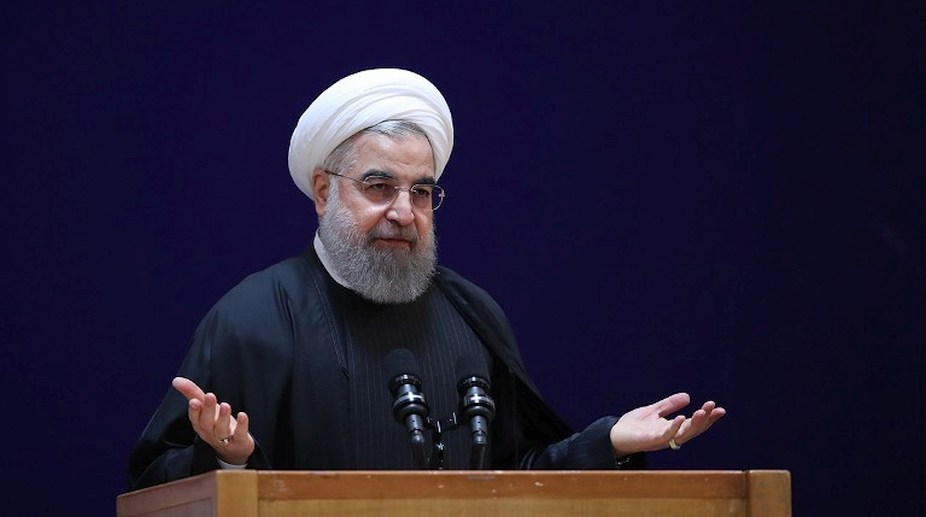Iran has reached a direly uncertain pass as 2018 unfolds. So uncertain indeed that it is almost impossible to hazard a guess on the shape of things to come over the next few days. Protests continued for the fourth day on Sunday, indeed the largest since the pro-reform rallies spearheaded by the “green movement” in 2009. The turbulence has sharpened not least because of Iran’s increasing influence in the region and its rivalry with Saudi Arabia, if now contending with “sword-fights” in the palace. There have been unprecedented calls of “Death to Ayatollah Ali Khamenei”, the supreme leader, even a salutation to the monarchy that was toppled in the 1979 Revolution. Forty years later, the awesome memories have been revived. The other chants of the people’s movement, that has spread beyond Tehran to the provinces, are suggestive of the groundswell of opposition to the country’s geopolitical ambitions ~ “Let go of Syria, think about us.” Which explains the “Death to Rouhani” chants in Mashhad, where it all began. However, there is no indication yet that the agitators are intent on a change of guard… as in the Arab world. Despite the fearsome spread of the movement, there is much that is fogbound about the protests, most particularly its ultimate objective. Suffice it to register that it is furiously anti-establishment, recalling the brutal repression of 2009. No one is sure how the unrest started and spread, or which of the multiple demands are the most potent. The deep intra-elite fissures ~ reflecting differences of ideology, policy and personal interests in finance and power ~ have contributed to this uncertainty.
There is little doubt that the movement of 2017-18 is in large part embedded in the economic chaos that now plagues Iran. In the initial stages, the uprising echoed the mounting grievances over ballooning unemployment and food prices, corruption and inequality. Nor for that matter has the nuclear agreement of 2015 brought about material improvements, as promised. Above all, the sanctions have had a crippling impact on the economy; it is the average Iranian who is suffering. There is said to be a difference too in the class character of the protestors; it is the working class that is now in the vanguard unlike in 2009 when it was spearheaded predominantly by the middle class. On closer reflection, the current unrest appears leaderless, and to that extent it may be a spontaneous upsurge over the economic blight. It is above all a test for President Rouhani, generally regarded as a moderate. He did make a fairly conciliatory speech on Sunday ~ “protests are legal, institutions should allow criticism, state television should reflect different opinions, people should focus on solutions, and that their actions should not lead to violence or damage public property”. The world must keep its fingers crossed.
Advertisement









